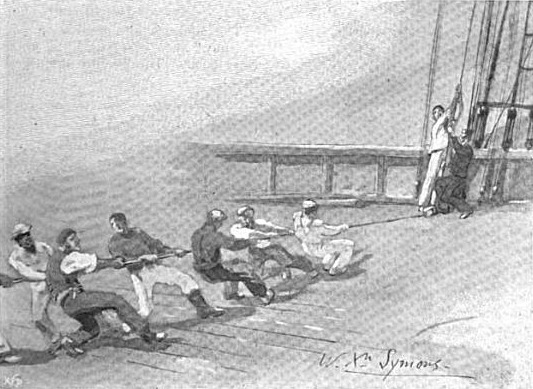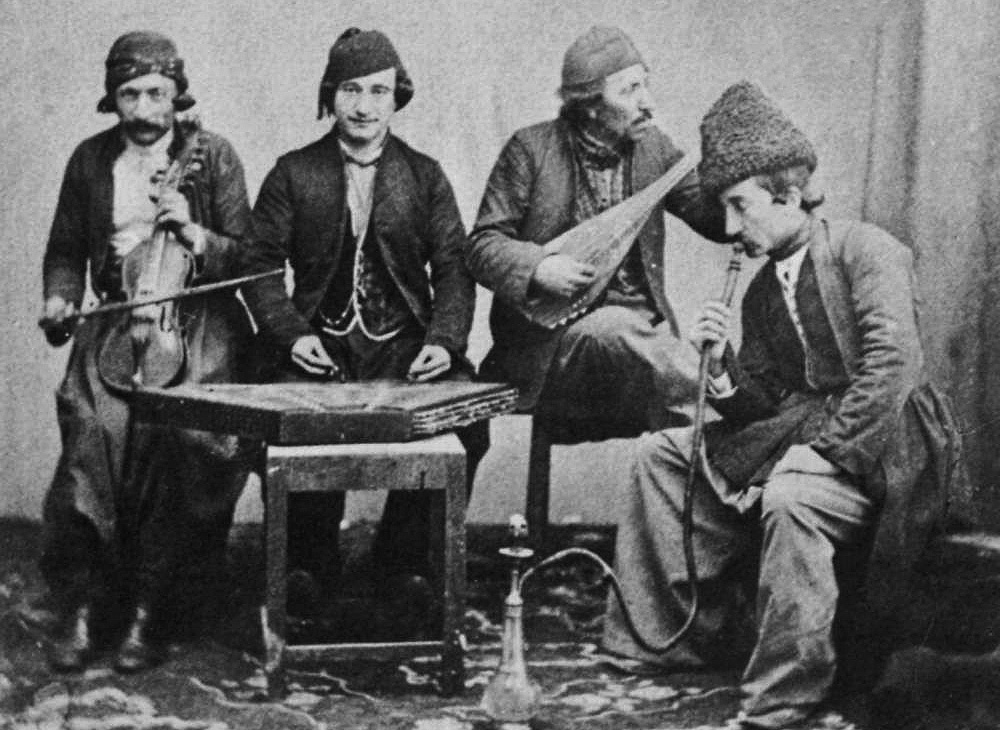
The Evolution of Folk Music
On the surface, there may not appear to be many similarities between the Balkan songs at the heart of Anja & Zlatna’s performances, Stiletto Sister’s Hungarian Folk Tunes and The Consort of Melbourne’s Gregorian Chant and Sea Shanties. But all these genres, and many more performed by our Local Heroes, originated from the same musical language; folk music.
While folk music has evolved differently across the world, every culture has experienced this genre of music with the same central traditions; passed from generation to generation through hearing rather than reading words or music, a strong emphasis on social issues of the time and sharing through small, informal social networks. The development of this style was then at the mercy of a number of local influences. It is the prevalence of certain local instruments, singing styles and the music’s purpose which have led this genre into such a vast array of directions.

Britain’s famous seas shanties have their beginnings in working chants that were created to coordinate complex group actions. The need for sailors to coordinate their pushing and pulling while weighing anchor and setting sail developed into rhythmic patterns that were matched with tunes ‘borrowed’ from popular music of the time. The genre, with its flexible and improvisatory lyrics, provided the basis for much improvisation on contemporary topics creating this niche of folk music.
This development is not significantly different from the foundations of Hungarian folk tunes which had their origins in the creation of music for dancing and marching. Originally dominated by village bagpipers, a prevalent instrument of the time, the instrument of choice was quickly replaced with small string-based orchestras as the influence of Gypsy culture came to the fore and this improvisational musical form became more dance-focussed.

However, the role of music in society has changed substantially since this period. Once written forms of communication became prevalent and literacy levels increased around the world, the communicative purpose of this face-to-face musical style lost its relevance and its purpose in manual labour quickly disappeared during the industrial revolution. As a result, this musical genre lost its purpose within these communities. So how did they survive into the modern era?
For that, you have to thank the audiences.
One of the great advantages of these folk tunes was that they were catchy. They contained musical motifs which were memorable to aid in the easy distribution of the song. And those memorable tunes continued to resonate in people’s minds well after they lost their original purpose – much like the popular tunes from our childhood which we may not have heard for years but can still recall those lyrics which once held great meaning for us due to catchy melodies and beats.
The best of these folk songs continued their journey from generation to generation, not for communicative or work purposes, but for entertainment. Eventually they reached some of our most prolific composers and have become immortalised in much of the repertoire that continues to entertain today.

